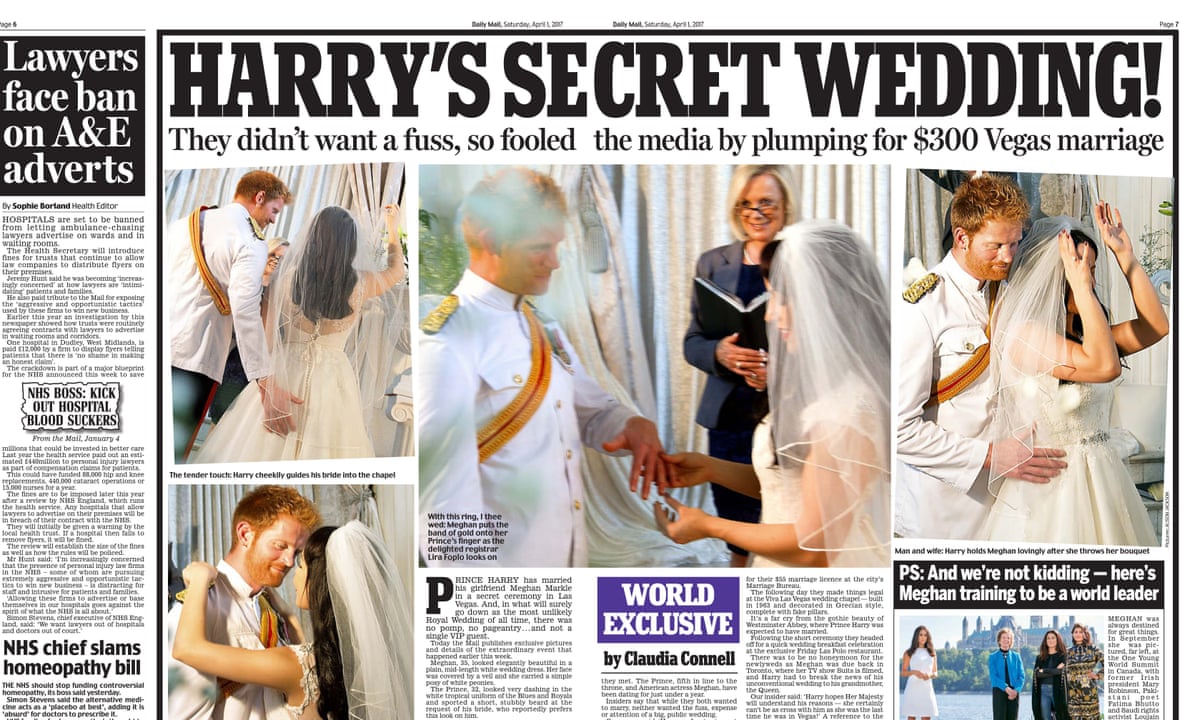4 Easy Facts About News Articles Shown
Wiki Article
Not known Details About News Articles
Table of ContentsHow News Articles can Save You Time, Stress, and Money.How News Articles can Save You Time, Stress, and Money.Rumored Buzz on News ArticlesSome Ideas on News Articles You Need To KnowAll About News Articles
Excellent knowledge of different subjects provides students an one-upmanship over their peers. Despite the fact that digital and social media sites are easily easily accessible, we should not fail to remember just how crucial it is to review the papers. Moms and dads have to attempt and inculcate the behavior of checking out a paper as a daily regimen to proceed the legacy of the adored print tool.News tales also consist of at the very least one of the complying with crucial qualities relative to the designated target market: distance, prestige, timeliness, human interest, peculiarity, or effect.
Within these restrictions, news tales likewise intend to be detailed. Among the larger and a lot more recognized papers, justness and balance is a significant variable in presenting details.
Newspapers with a worldwide audience, for example, tend to use an extra official style of creating. News Articles.; usual design guides include the and the US Information Design Publication.
Not known Details About News Articles
As a guideline, reporters will certainly not make use of a lengthy word when a brief one will certainly do. They make use of subject-verb-object building and vibrant, active prose (see Grammar). They provide anecdotes, examples and allegories, and they hardly ever rely on generalizations or abstract concepts. Information authors try to prevent using the exact same word greater than once in a paragraph (in some cases called an "resemble" or "word mirror").
Nonetheless, headings occasionally omit the subject (e.g., "Leaps From Watercraft, Catches in Wheel") or verb (e.g., "Feline lady lucky"). A subhead (additionally subhed, sub-headline, subheading, caption, deck or dek) can be either a secondary title under the primary headline, or the heading of a subsection of the article. It is a heading that comes before the primary message, or a team of paragraphs of the major text.

Additional signboards of any of these types might show up later on in the short article (particularly on subsequent pages) to attract more analysis. Such signboards are additionally made use of as tips to the article in various other sections of the magazine read the full info here or website, or as ads for the piece in other publication or websites. Normal structure with title, lead paragraph (summary in strong), other paragraphs (details) and contact information.

Example of a hard-lead paragraph NASA is proposing another space project. The agency's budget demand, introduced today, consisted of a plan to send out an additional goal to the Moon. This time around the firm wishes to develop a long-term facility as a jumping-off place for other room adventures. The budget requests approximately $10 billion for the task.
The NASA statement came as the agency asked for $10 billion of appropriations for the task. An "off-lead" is the second essential front page news of the day. The off-lead shows up either in the top left edge, or straight below the lead on the right. To "hide the lead" is to start the short article with history details or information of second importance to the viewers, forcing them to learn more deeply right into a short article than they must need to in order to find the necessary points.
A Biased View of News Articles
Common use is that a person or 2 sentences each form their own paragraph. Journalists normally explain the company or framework of a newspaper article as an inverted pyramid. The vital and most intriguing elements of a story are put at the beginning, with supporting information complying with in order of reducing value.It permits people to check out a subject to just the deepness that their interest takes them, and without the charge of information or nuances that they might think about pointless, yet still making that information available to more interested readers. The inverted pyramid framework additionally makes it possible for articles to be trimmed to any type of approximate size during layout, to fit in the area available.
Some authors begin their stories with the "1-2-3 lead", yet there are numerous type of lead offered. This format invariably begins with a "5 Ws" opening up paragraph (as described over), adhered to by an indirect quote that serves to support a major element of the initial paragraph, and after that a direct quote to support the indirect quote. [] A kicker can describe several things: The last tale in the information program; a "delighted" story to finish the program.
Longer articles, such as publication cover short articles and the items that lead the inside areas of a newspaper, are This Site recognized as. Function stories differ from straight information in several means.
The Ultimate Guide To News Articles
A function's very first paragraphs often relate an interesting moment or event, as in an "unscientific lead". From the details of an individual or episode, its sight quickly widens to generalities regarding the story's subject.
The Editor's Tool kit: A Recommendation Guide for Beginners and Professionals (2001) Allan M. Siegal and William G. Connolly. The New York City Times Manual of Design and Usage: The Authorities Style Overview Used by the Writers and Editors of the World's Many Reliable Newspaper (2002) M. L. Stein, Susan Paterno, and R.
Report this wiki page